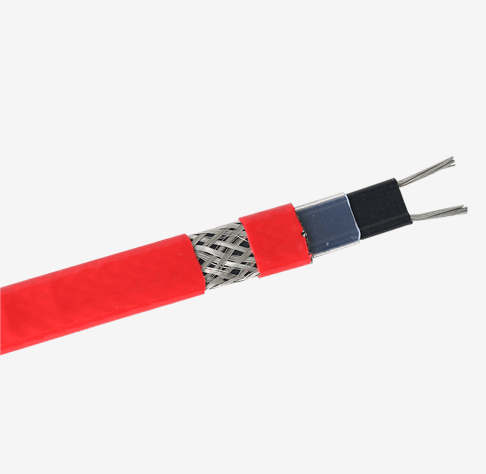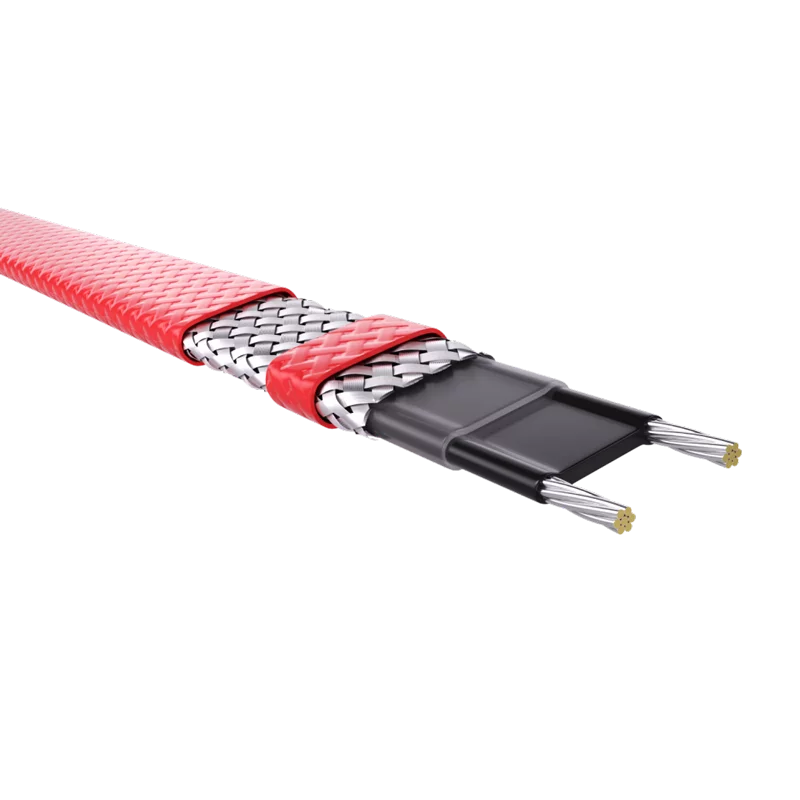Duct heating systems are essential components in various industries, providing efficient heating solutions for a wide range of applications. From maintaining optimal temperatures in HVAC systems to preventing freezing in pipelines, duct heating plays a crucial role in ensuring operational efficiency and safety.

Overview of Duct Heating Systems
Duct heating systems are designed to distribute heat evenly throughout enclosed spaces, such as ventilation ducts, pipelines, and industrial equipment. These systems utilize various heating methods, including electric, gas, and hydronic heating, to meet specific heating requirements. Common industries that rely on duct heating systems include HVAC, manufacturing, petrochemical, and food processing.
Introduction to Heat Trace Cable Technology
Heat trace cable technology is a key innovation in temperature maintenance and freeze protection. Consisting of a heating element encased in an insulating material, heat trace cables are designed to generate and distribute heat evenly along pipelines, ducts, and other surfaces. By applying heat directly to the target area, heat trace cables prevent freezing, minimize heat loss, and maintain consistent temperatures, even in the harshest environments.
Advantages of Using Heat Trace Cable in Duct Heating Systems
Increased Energy Efficiency: Heat trace cable technology offers precise temperature control, minimizing energy consumption and reducing heating costs.
Prevention of Freezing and Condensation: By maintaining optimal temperatures, heat trace cables prevent freezing and condensation buildup, ensuring uninterrupted operation.
Flexibility in Installation and Maintenance: Heat trace cables can be easily installed on existing ducts and pipelines, providing flexibility in design and minimizing downtime during maintenance.
Enhanced Safety Features: Heat trace cables incorporate safety features such as temperature sensors and automatic shutoff mechanisms, reducing the risk of overheating and electrical hazards.
Considerations for Installing Heat Trace Cable in Duct Heating Systems
Before installing heat trace cable in duct heating systems, several factors should be considered, including:
Temperature Requirements: Determine the temperature range required for the application and select the appropriate heat trace cable.
Insulation: Ensure proper insulation to maximize energy efficiency and minimize heat loss.
Power Supply: Evaluate the power supply requirements and ensure compatibility with the selected heat trace cable.
Regulatory Compliance: Adhere to industry standards and regulations governing the installation and operation of heat trace cable systems.
Case Studies: Successful Implementation of Heat Trace Cable in Duct Heating Systems
Real-world examples demonstrate the effectiveness of heat trace cable technology in enhancing duct heating systems:
HVAC Duct Heating: A commercial building implemented heat trace cables in its HVAC ductwork to prevent freezing during winter months. The system resulted in significant energy savings and improved indoor air quality.
Pipeline Freeze Protection: A petrochemical plant utilized heat trace cables to prevent freezing in its pipeline network, ensuring continuous operation and minimizing maintenance costs.
Food Processing Industry: Heat trace cables were integrated into duct heating systems in food processing facilities to maintain hygienic conditions and comply with regulatory requirements.
Maintenance and Troubleshooting Tips
To ensure optimal performance and longevity of heat trace cable systems, regular maintenance and troubleshooting are essential:
Inspect Insulation: Periodically inspect insulation for signs of wear or damage and repair as needed to prevent heat loss.
Check Power Supply: Monitor power supply connections and voltage levels to ensure consistent heating performance.
Address Hot Spots: Identify and address hot spots or temperature fluctuations to prevent equipment damage and ensure uniform heating.
Professional Inspection: Schedule routine inspections by qualified technicians to detect and address any issues promptly.
In conclusion, integrating heat trace cable technology into duct heating systems offers numerous benefits, including energy efficiency, freeze protection, and enhanced safety. By following best practices for installation, maintenance, and troubleshooting, organizations can maximize the performance and reliability of their duct heating systems, ensuring uninterrupted operation and optimal comfort levels.


